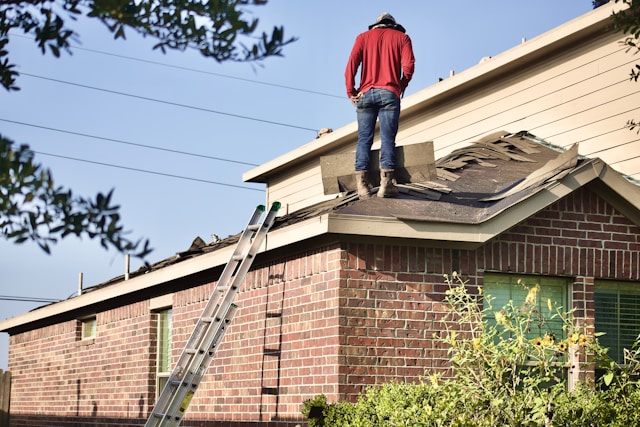Key Benefits and Best Practices for Asphalt Pavement Maintenance
Asphalt pavement is critical to modern infrastructure, from parking lots to highways. Its smooth and pliable nature endears it to planners and drivers alike. Yet, despite its resilience, asphalt is not immune to wear and tear—its longevity hinges on diligent maintenance. Recognizing the role of asphalt in our daily lives, private property owners and public servants must prioritize the upkeep of this versatile material. Consistent maintenance conserves the pavement’s structural integrity and presents opportunities for cost savings.
The Benefits of Regular Asphalt Maintenance
Well-kept asphalt offers a plethora of advantages beyond monetary savings. The resilience against weather-related damages means fewer cracking and potholes, reducing the potential for costly long-term repairs. A smooth surface is also inherently safer, decreasing the likelihood of traffic incidents attributed to uneven road conditions. On the same note, the aesthetic appeal of a well-maintained road contributes positively to the surrounding environment, potentially enhancing the curb appeal and, by extension, the value of the adjacent property. Additionally, routine maintenance underscores a commitment to community safety and environmental stewardship by preventing harmful chemicals and debris from deteriorating the pavement and entering natural habitats. To elaborate, maintenance interventions such as those offered through on-site paving estimates Granger, IN, prevent minor wear from escalating into significant expenses, eschewing the need for a complete overhaul of the paved surface.
Identifying Common Asphalt Issues and How to Address Them
No asphalt pavement is exempt from the ravages of time and traffic. Cracking, for instance, is an almost inevitable consequence of aging pavement. Left unchecked, these fissures can allow water to penetrate the base, exacerbating damage through freeze-thaw cycles. Early detection and proper sealing of cracks are crucial steps in effective pavement management. Similarly, potholes represent not only a driving nuisance but a significant hazard. Proper patching techniques can restore surface integrity, although this often requires a professional assessment to ensure a long-lasting fix. UV radiation is also a formidable enemy of asphalt, leading to fading and brittleness. Here, periodic sealcoat applications can fend off solar damage and maintain the pavement’s youthful visage.
Maintenance Advice to Increase Asphalt Pavement Life
Proactive and preventive measures are vital to extending the life of an asphalt surface. It includes regular inspections to nip emerging problems in the bud. Immediate attention to repairs is essential; for instance, filling cracks before they evolve into larger cavities is a cost-effective way to safeguard the structure. Cleanliness can’t be overstated either—asphalt surfaces are best preserved when free from debris and standing water, which can precipitate decay. Implementing these tips delivers a compounding effect, incrementally bolstering the pavement’s resistance to wear and maintaining optimal performance over a longer span.
Emerging Technologies in Asphalt Maintenance
The field of asphalt maintenance is included in the technological race. Innovations like infrared asphalt repair allow for blending new and existing materials for more seamless repairs. Using drones for inspections equips maintenance professionals with a bird’s eye view, identifying potential problem areas across extensive stretches of pavement without needing costly and time-consuming on-the-ground evaluations. These technologies enable more precise, efficient, cost-effective maintenance strategies that ultimately benefit the end user.
Eco-Friendly Solutions in Asphalt Repair and Maintenance
Eco-conscious methods are increasingly woven into the fabric of asphalt maintenance. Warm-mix asphalt represents a leap forward from traditional hot-mix asphalt. This alternative requires less energy to produce and can be applied at lower temperatures, thus reducing emissions and fuel consumption. Furthering environmental responsibility, the reclamation of old asphalt is becoming commonplace. This practice, known as RAP (reclaimed asphalt pavement), leverages pre-existing materials, diminishing the need for new resources and lessening environmental impact.



